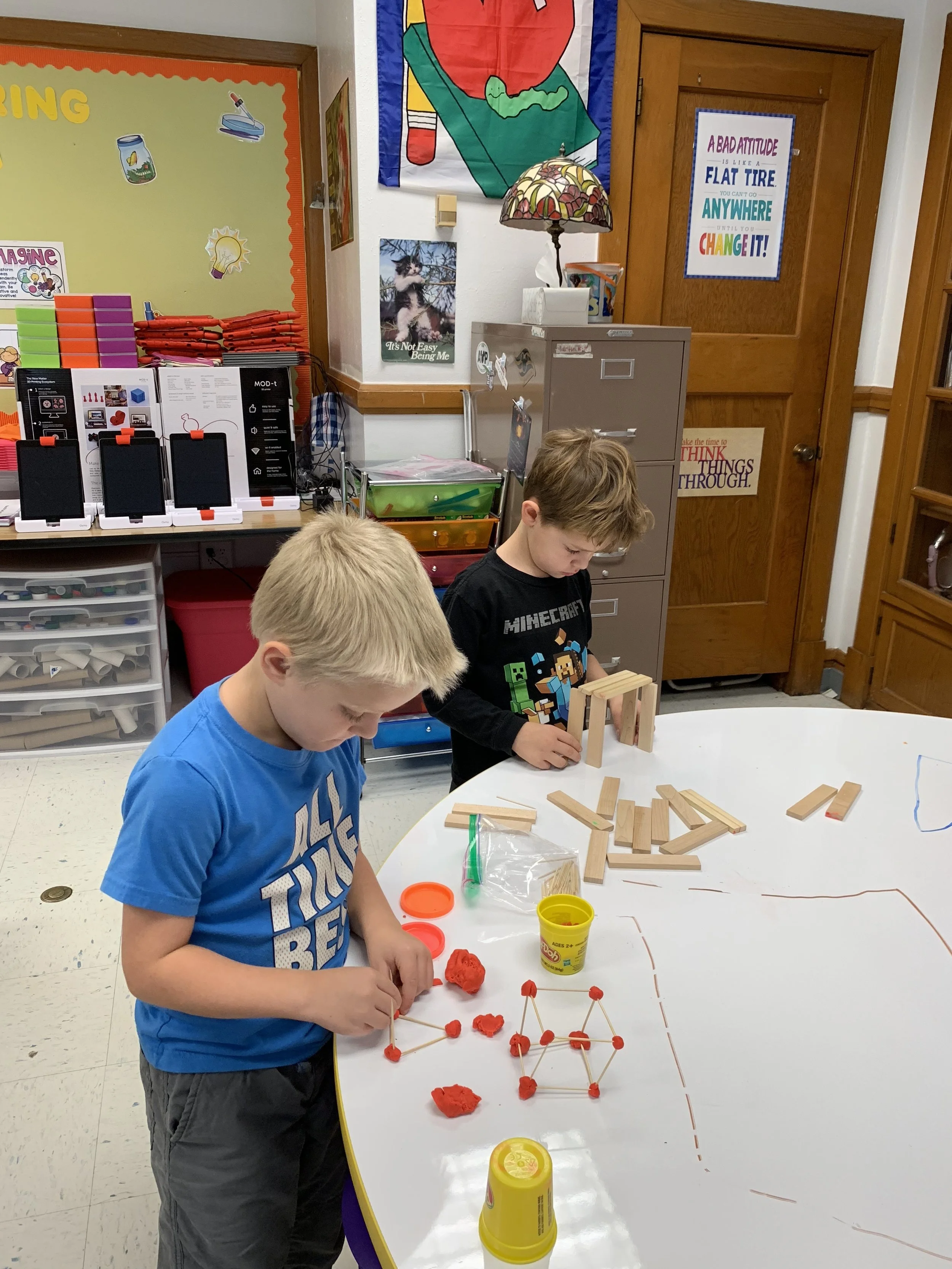Teaching in the Midst of Chaos
/It has been a long time since I have updated my blog because life - an infant that quickly turned toddler who’s 15 months old, juggling work/life balance, being with friends and family, writing grants, innovating in my classroom, presenting at conferences, and so much more. It’s amazing how when you’re in the middle of it, it can be hard to look ahead and then we’re all stopped in our tracks.
COVID-19 or coronavirus.
If you had asked me a month ago what this was, I couldn’t have given you a solid answer. I knew people around the world were being affected by this virus, but you never expect it to truly hit home. And boy did it. One day we were teaching our students and the next day we’re told we won’t see them for “at least” 2 weeks. It still doesn’t seem real. It’s like we’re all in a movie, watching it unfold, trying to guess what’s coming next, and feeling anxious for the ending to get here, so we can see it wrap up in a beautifully packaged box. But this isn’t a Hallmark movie.
We are all (hopefully by this point!) practicing social distance and learning how to navigate teaching our students and/or kids at home. It’s not an easy road by any means. Teachers are craving that personal relationship with their students that they’re used to. We’re learning how to teach digitally, while balancing the fact that many of our students don’t have access to technology. We’re trying to find the balance between family time, watching the news, not becoming too anxious about what lies ahead, and so much more.
Teachers and parents, I hear you, I see you, and I’m here with you. If you need help getting your students engaged in learning outside of the physical classroom, check out the resources on my blog, Instagram, Twitter, and Facebook by searching Imagineer STEAM. Or better yet, sign up for my email list. Let’s navigate these times together. Because we’re better together!




































